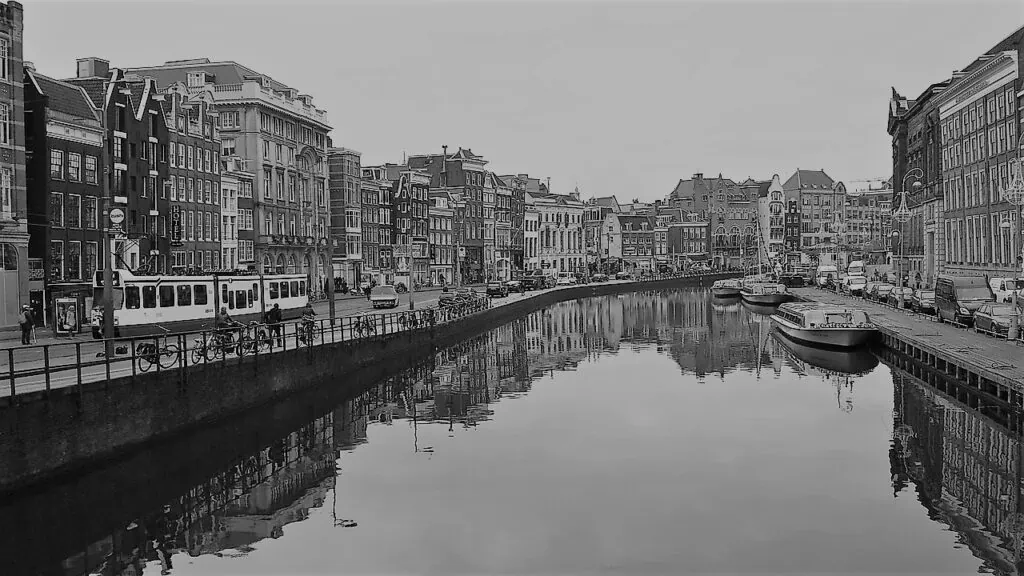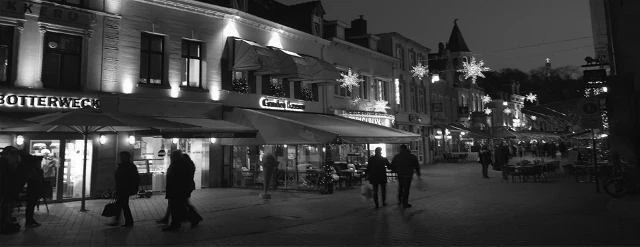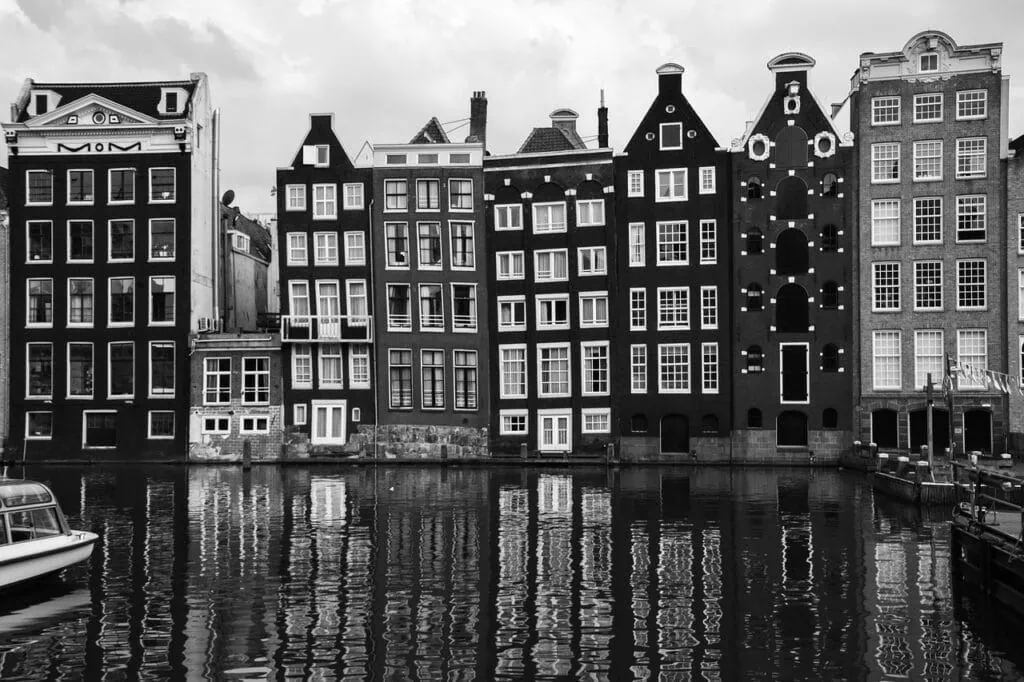Posts by Ellen Woudstra
About structural injustice: Prostitution and sex buyers’ responsibility
Prostitution in Amsterdam has a long history, and for a long time the Wallen area has been viewed as a great example of tolerance and freedom. However, the demand for prostitution also results in human trafficking and forced labour in the prostitution sector. Recent research on self-reported forced labour in the prostitution sector in The…
Read MoreShopping externalities: How shops benefit from each other without knowing
Why do shops cluster in shopping streets? This was the main question that Hans Koster, Ilias Pasidis and Jos van Ommeren addressed in their paper ‘Shopping externalities and retail concentration: Evidence from Dutch shopping streets’, forthcoming in the Journal of Urban Economics. The authors argue that shops located in shopping streets benefit from so-called shopping…
Read MoreRanking and funding researchers by looking at co-author networks
We measure the effectiveness of researchers by how many papers they publish, or how many citations they get. A new measure developed by Hsie et al. (2018) ranks them by their influence on the work of their colleagues too. Through collaborations researchers create spillovers (synergies) for one another, and also other researchers indirectly linked to…
Read MoreEconomic growth in the region of Amsterdam is at a tipping point
The Metropolitan Region of Amsterdam is doing well. In 2018, the economy grew by 3.4 percent, whereas the growth rate in the Netherlands was 2.7 percent. With 4 percent, unemployment is exceptionally low; entrepreneurs are concerned about the scarcities on the labour market. Growth is expected to decline in the coming years to 2.8 percent…
Read MoreManaging cultural heritage new style: Project HERILAND
HERILAND is a pan-European research and training network, officially launched on April 1, 2019. Its major aim is to empower a new generation of cultural heritage managers. Universities in the Netherlands, the UK, Sweden, Italy and Israel join forces to reach this ambitious goal. Within VU, three faculties are involved: The Faculty of Humanities is…
Read MoreLies, damned lies, and statistics: Looking at re-exports
An increasing part of international trade involves re-exports. In the Netherlands, e.g., re-exports constituted 54 per cent of total exports of goods in 2015. Re-exports are products imported into and exported from an intermediary country. Activities in the intermediary country may involve, e.g. repackaging or adding user manuals in the language of the destination country,…
Read MoreIt is easy to solve problems like congestion, pollution, parking place shortages
How do we keep urban areas attainable, liveable, in a sustainable way? This is in short the question that the IP-SUNTAN research team addressed in the past three years. Research groups from Amsterdam, Stockholm, and Vienna worked together on this ever-hot topic, witness the ongoing media attention that all groups received, in particular Spatial Economics’ head of…
Read MoreDo metro interruptions increase the demand for public rental bicycles?
By Joris Klingen Urban policy makers in many cities are promoting cycling as part of a sustainable and reliable transport system. Cycling is linked to several positive outcomes. There are health benefits, it does not generate pollution, and bicycles make more efficient use of road capacity compared to cars. One of the ways through which cities…
Read MoreSaving our planet: Policy design for the Anthropocene
Recently, department member Carolyn Fischer, in cooperation with other researchers, had their article on ‘Policy design for the Anthropocene’ published in Nature Sustainability, a special edition of Nature. The authors investigate the complexities of the complexities of designing policies that can keep Earth within the biophysical limits favourable to human life. Abstract: Today, more than ever, ‘Spaceship Earth’ is an…
Read MoreThe impact of support on the effectiveness of climate treaties
By Erik Ansink Reactions by policy-makers and part of the general public to recent events like (1) the European school climate strikes, (2) the proposed US Green New Deal, and (3) the Dutch Urgenda lawsuit showcase that the costs of climate change policies are high. At least, they are perceived as being too high compared…
Read More








